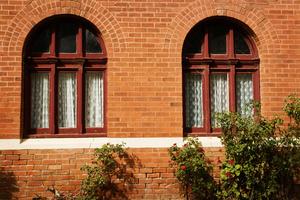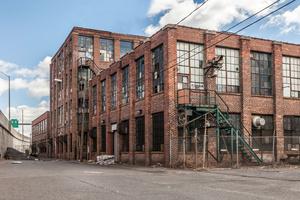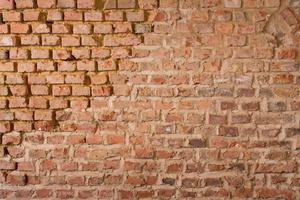Commercial buildings by nature come with a substantial amount of upkeep. They have a large footprint with plenty of opportunity for things to go wrong, and many types of business conducted within them can result in deterioration faster than a residential building. The good news is that repairing a commercial building does not have to be a costly or cumbersome endeavor, especially if you rely on regular preventative tuckpointing before issues get too serious. Here’s what you need to know about tuckpointing, which buildings need it and what it does for you.
What Is Tuckpointing?

Tuckpointing is the process of refilling the joints in a brick building with mortar so that they are no longer cracked or damaged. Over time, mortar can start to flake, break away or otherwise degrade, leaving cracks and holes through which moisture and even pests can enter. Tuckpointing fixes this problem before the structure of the wall itself becomes compromised.
Which Buildings Require Commercial Tuckpointing?
Tuckpointing is a process that is specific to mortar used in commercial buildings, so any structure that is made of brick or stone with mortar in the gaps may need tuckpointing from time to time. Thus, the need for tuckpointing will be determined by what your building is made of. Locations that work in very damp areas or in industries with a lot of vibration may need repairs more often, as these factors can contribute to faster degradation of the mortar that makes up their building.
Why Does Tuckpointing Matter?
Tuckpointing is a critical maintenance step for any commercial building, and failure to keep up with proper tuckpointing over time can lead to more significant repairs or even reconstruction. Moisture can eat away at a wall from the inside, and tuckpointing ensures that any intrusion points for water are properly sealed off. This also keeps pests out who otherwise may chew on or weaken internal wall structures after they infiltrate the brick or stone exterior.

As an additional benefit of tuckpointing, your building will look more visually appealing than ever. Clean, crisp mortar lines add a sense of symmetry and can even increase your property value. While this may be less important for commercial buildings with residents who may be thinking of selling soon, having an aesthetically pleasing building can make potential customers more confident in your services and more likely to pick you over competitors.
Failure to tuckpoint your building when repairs are needed can lead to cracks in the mortar growing in size. Since bricks and stones support the weight of a building properly thanks to even mortar application, sections of your building may start to bulge, warp or crumble when the mortar is not in good repair. Left untreated, these sections may buckle and even collapse-and a full-wall reconstruction is significantly more expensive and dangerous than tuckpointing.
Tuckpointing can even be done without interrupting business in the vast majority of cases. Not so with full structural overhauls. Thus, it is wise for any business to keep up on tuckpointing while the problems are minor.
The Difference Between Tuckpointing and Repointing
You may have heard the term “repointing” and wonder whether this is a different service from tuckpointing. Both tuckpointing and repointing will remove the old mortar (while properly supporting the building’s weight), then apply new mortar to the joints in a uniform and visually appealing way. In this sense, both tasks accomplish the same purpose.

The difference with tuckpointing is in visual appeal; in fact, some people choose to tuckpoint their building even if there are no problems in the mortar as an aesthetic choice. While repointing will fill in mortar that matches the color of the bricks, tuckpointing will use a material down the middle called a fillet to create a sharp contrast between the mortar and the bricks or stones. This creates that sense of symmetry and crispness that many people find attractive.
Despite the additional visual benefits of tuckpointing, it does still serve as a functional repair. You need not worry that you are sacrificing visual appeal for quality.
Trust the Pros to Help You Keep Your Building in Good Repair
Whether you already see cracks and gaps in your mortar or you would simply like to have an expert inspect your building before problems arise, be sure to trust a professional. The local masonry contractors at Waterproof Caulking & Restoration can help you keep your commercial building in good repair with tuckpointing, caulking and more. Reach out to learn more or to schedule an appointment to get started.
